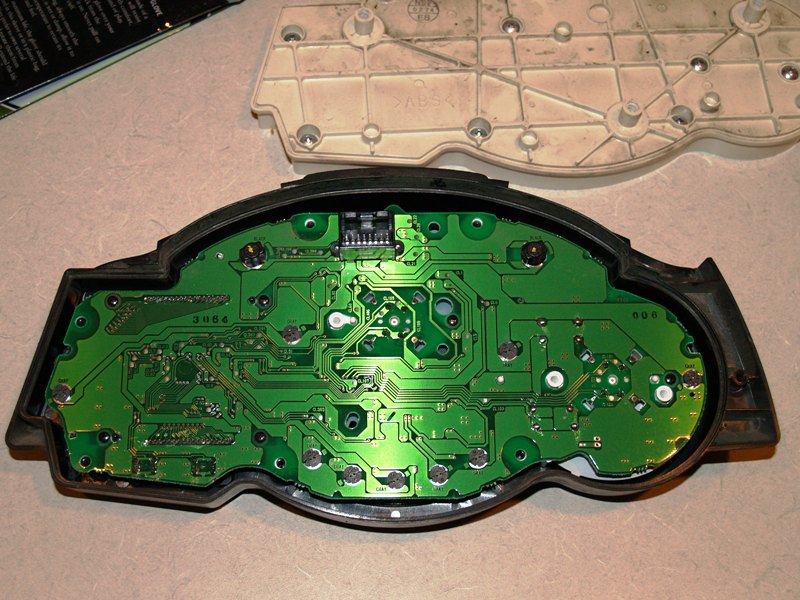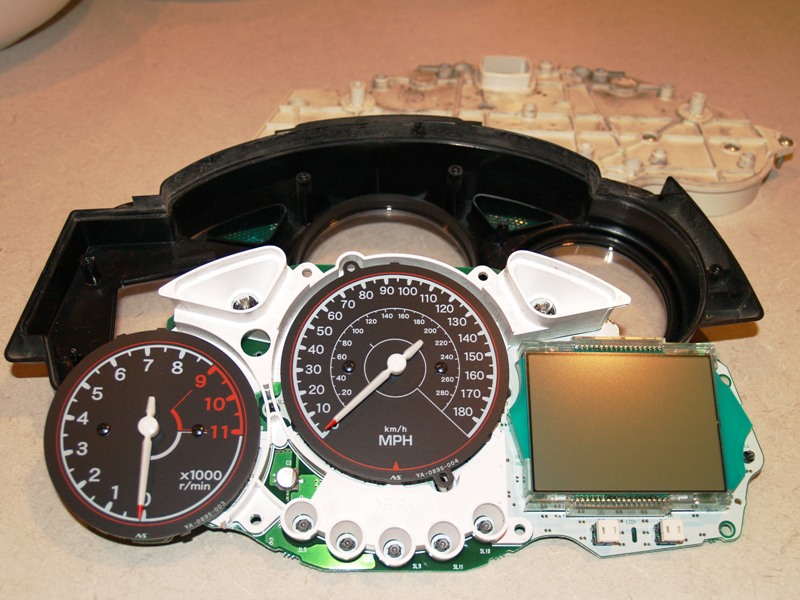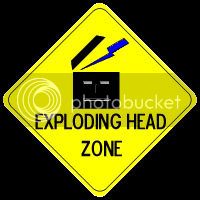Puddingbowl
Member
Howya All,
I put the first part of this appeal in the newcomer section last night. Two members spotted it and offered reasurance that help might be forthcoming. I've just moved it here as it seems more appropriate.
I've hunted this forum and my own (FJ/FJR UK) for help on a problem with my 2002 FJR. The LCD displays heat, time and fuel amount but the odo is not displaying numbers (just ----). The speedo and tacho sit at zero. All the fuses are good. I've pulled the ECU and display connetors and sprayed with WD40 to no avail. Using the service manual test diagnostic code 07 and spinning the back wheel gives a reading up to 999 and then starting from 0 upwards again. On 'switch on' the pointers on speedo and tacho both swing upscale as normal and the odo displays all the 8's. This suggests that the dash is probably OK and that the speed sensor is talking to the ECU. I've disconnected the battery for 10 minutes to force a reset to no avail. Is the milage (trip) data stored in the dash panel or in the ECU? Any ideas? (No crash or incident - just didn't function - Bike still drives normally sans these functions.)
I tried some more tests today. The dash connector has 12 connections. Six of these feed into the LCD; the rest are from high beam, indicators etc. I checked for 12 volts at the R/W – feed from ignition fuse – good.
The R/G from the back-up fuse also has 12 volts (12.4) and is good. The B/W is an earth (ground) and reads 0.2Ω from its terminal to the battery negative terminal; good.
Two cables connect the ECU and the dash; the B/W and Y/Lbu. I got 0.2Ω from dash connector to the ECU on both of these cables. OK.
These, plus the previous tests suggest that the ECU signal is either not being generated internally or not being decoded in the dash? How do I test ECU signal?
I put the first part of this appeal in the newcomer section last night. Two members spotted it and offered reasurance that help might be forthcoming. I've just moved it here as it seems more appropriate.
I've hunted this forum and my own (FJ/FJR UK) for help on a problem with my 2002 FJR. The LCD displays heat, time and fuel amount but the odo is not displaying numbers (just ----). The speedo and tacho sit at zero. All the fuses are good. I've pulled the ECU and display connetors and sprayed with WD40 to no avail. Using the service manual test diagnostic code 07 and spinning the back wheel gives a reading up to 999 and then starting from 0 upwards again. On 'switch on' the pointers on speedo and tacho both swing upscale as normal and the odo displays all the 8's. This suggests that the dash is probably OK and that the speed sensor is talking to the ECU. I've disconnected the battery for 10 minutes to force a reset to no avail. Is the milage (trip) data stored in the dash panel or in the ECU? Any ideas? (No crash or incident - just didn't function - Bike still drives normally sans these functions.)
I tried some more tests today. The dash connector has 12 connections. Six of these feed into the LCD; the rest are from high beam, indicators etc. I checked for 12 volts at the R/W – feed from ignition fuse – good.
The R/G from the back-up fuse also has 12 volts (12.4) and is good. The B/W is an earth (ground) and reads 0.2Ω from its terminal to the battery negative terminal; good.
Two cables connect the ECU and the dash; the B/W and Y/Lbu. I got 0.2Ω from dash connector to the ECU on both of these cables. OK.
These, plus the previous tests suggest that the ECU signal is either not being generated internally or not being decoded in the dash? How do I test ECU signal?








